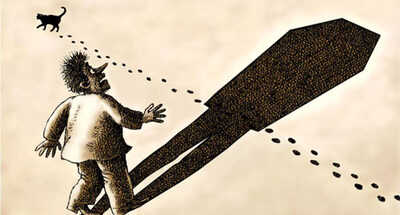Science behind Superstitions
Times of Bennett | Updated: Apr 24, 2023 19:15

By: Vaidehi Shah
However, there may be a scientific explanation behind this superstition. Wood is a natural insulator and can help dissipate static electricity. When we knock on wood, it can discharge any static electricity that may have built up, which can prevent electrical shocks or other accidents.
However, the scientific explanation behind this superstition is that black
Mirrors and Reflections: Breaking a mirror is said to bring seven years of bad luck. This superstition may have originated from ancient beliefs that mirrors were magical objects that could trap a person's soul or image.
However, the scientific explanation behind this superstition is that mirrors are made of glass, which can shatter easily if dropped or struck. Breaking a mirror may simply be a way to remind people to handle fragile objects with care.
However, the scientific explanation behind this superstition is that lucky charms are simply objects that hold personal significance or sentimental value. Carrying a lucky charm may provide a sense of comfort or reassurance during uncertain times.
However, the scientific explanation behind this superstition is that the full moon may simply provide more light and visibility, which can make it easier for people to engage in outdoor activities or commit crimes.
By understanding the











